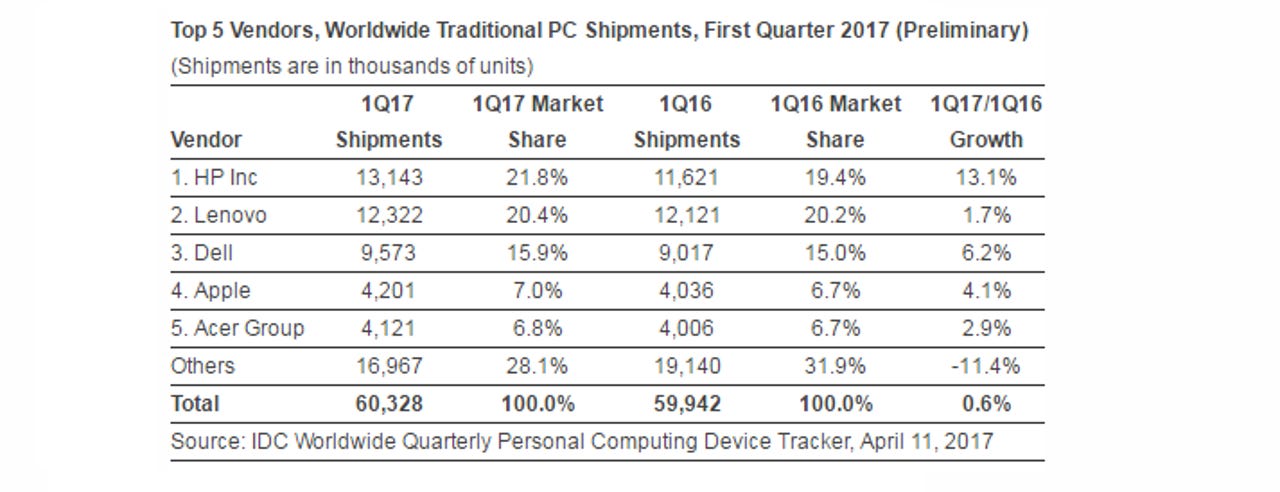besWhat do PCs, Samsung's Galaxy 8 and Toyota's concept vehicle have in common? Notable design

There's a common refrain in technology that design is struggling, multiple device categories have plateaued and hardware just isn't as exciting as it used to be.
I can't say I disagree with many of those points, but there are signs that tech players are stepping up their focus on design and reaping the rewards.
Here are a few examples in recent days that may indicate that better design is expanding beyond Apple and to the rest of the industry.
HP's design-juiced surge
In case you missed it, HP is now No. 1 again in the PC industry after ceding the top spot to Lenovo. Meanwhile, Dell is surging too. Why?
Simply put, both companies have stepped up their design game.
HP has noticeably improved its PC design chops with its latest laptops, including the EliteBook x360 (see CNET review). Dell has the XPS 13 2-in-1 that highlights its design ability and ranks among is among CNET's best laptops. Lenovo isn't exactly standing still, but when I'm at Rattle & Hum East in New York City (ZDNet's second office) and having a pint with Mary Jo Foley it's her HP laptop that turns heads.
The design emphasis appears to be paying off based in the IDC figures.

Samsung's Galaxy 8 approach
Another tech industry design point will arrive when the Samsung Galaxy 8 hits the market April 21. First, preorders have been above expectations.
In addition, Samsung has launched its DeX smartphone-meets-PC accessory. The DeX is well designed and may even make thin clients something that'll reach beyond the IT department. The smartphone as desktop theme has been tried before, but Samsung's spin along with technology improvements may make it work this time.
The other point: Samsung's edge design, integrated home button and smooth hardware features have apparently put the Galaxy Note 7 disaster in the rear-view mirror. You could always argue that Samsung is just another Android device maker, but its design is what allows the company to charge a premium.
Galaxy S8 escapes the sea of sameness | Eight reasons the Samsung Galaxy S8 and S8 Plus are good for business
Toyota minimizes in-dash tech clutter
The last design renaissance point worth noting in recent days comes from Toyota. The automaker at the New York Auto Show unveiled its FT-4X concept vehicle. This concept crossover is designed for Gen Y city-dwellers who want to hit the trails once in a while.
Now buzzwords like "casualcore" aside, the vehicle's design is notable for what was omitted. We'll cut to the chase and give you this paragraph from Toyota's launch statement.
Although there is no traditional navigation screen, designers did include a mobile phone mount directly above the driver's digitized cylindrical instrument cluster. The concept being that a downloadable navigation application, as well as an application showing digitized off-road instrumentation, can be made available for drivers' use. Gen Y-ers, Calty's designers realized, rely heavily on their mobile devices for GPS directions.
Toyota is obviously hedging a bit with its statement. For starters, the traditional navigation screen is more of an annoyance in many use cases. And then there's the reality that far more than Gen Y relies on their smartphones for GPS directions. Toyota's concept FT-4X is using omission as a design tool. I'd argue that a mount for mobile devices is probably a better choice than a clunky in-screen dash.
- Digital transformation: Retooling business for a new age
- Infographic: Digital transformation is a work in progress for most companies
- Five winning plays for digital transformation
- Eight obstacles to overcome in your digital transformation journey
- Want to create digital transformation? Make a solid plan first
- How to use digital transformation to win budget
- Digital transformation: Making it work in the real world
It's unclear whether there's a design renaissance coming, but there are green shoots to note. It's easy to note that smartphones have plateaued, there's no next big thing yet and markets like tablets and wearables are boring, but there are examples that hardware design is improving.
ZDNET MONDAY MORNING OPENER
The Monday Morning Opener is our opening salvo for the week in tech. Since we run a global site, this editorial publishes on Monday at 8:00am AEST in Sydney, Australia, which is 6:00pm Eastern Time on Sunday in the US. It is written by a member of ZDNet's global editorial board, which is comprised of our lead editors across Asia, Australia, Europe, and the US.
Previously on Monday Morning Opener:
- Convergence returns as former players exit
- Why it's time to cash a ticket to the DevOps revolution
- https://www.zdnet.com/article/why-its-time-to-cash-a-ticket-to-theSamsung Galaxy S8: Six big questions - and answers
- After liftoff, Samsung's Galaxy S8 will face many unknownshttps://www.zdnet.com/article/cia-wikidump-re-enforces-old-security-mantras/
- CIA WikiDump re-enforces old security mantras
- Why Raspberry Pi is the future of computing devices
- Windows wins the desktop, but Linux takes the world
- Proper fibre broadband is not a waste, but you need a little socialism to do it properly
- Fiber broadband: Is it a waste with 5G and Elon Musk's satellites on the horizon?
- The biggest barrier to Windows 10 success is still Windows 7
- Apple's iPhone turns 10: Here's how the device impacted business, work